2 weeks in Germany is surely not enough to absorb a country’s culture let alone navigate its compass points sufficient well. In truth though we were only passing through en route to Poland, so we knew that it would be ‘short and sweet’. Although now into year three of our full-time travels, we have evolved our travel philosophy and rather than racing from A-B, we have come to appreciate the journey so much more and to stop along the way to smell the roses, or the Lime trees as we have come to enjoy here in Germany. Every journey is precious and should never be taken for granted.
It’s a bit like Dorothy’s dance up the Yellow Brick Road. Without the path on the way to see the Wizard of Oz she would never have met the Lion, Scarecrow and Tin-man. It feels the same for us now.
So with hopes high and anticipation strong inside Scoobie’s walls, we donned our leder-hosen and turned our wheels to the Fatherland. Myles had three years in Germany as a Force’s child, so we had the added advantage of his fluency as we coursed our way through the Germany countryside. So what would Germany teach us along the way – plenty we were sure of that.
Check out our Interactive Map that shows our route, Points of Interest and of course our Camping spots with co-ordinates.I’ll be honest, our arrival into Germany wasn’t blessed as a joyous occasion as I was nursing sciatica so it made for an uncomfortable initiation. Well I say initiation, we have been to Germany in Scoobie before – as we visited Bavaria in 2016, although this year our entry point was from The Netherlands so it did feel like completely new territory. Whether it was my state of mind I’m not sure, our first day didn’t bowl me over. What did interest me though was to see how the Dutch culture seemed to temporarily fuse with German, as we crossed the border. For a good 50km, bicycles continued to be ever-present and traditional style windmills still speckled the flat landscape with their sails. We’ve seen it before with other border crossings, although on this particular trip it really hit home how cultures blend before claiming their own unique identity. I wonder if it will be the same in Poland?
ReesRees was our first stop, on the banks of the Rhine. Sadly we didn’t get to explore the town; well nothing much more than Lidls, and I even say ‘we’ loosely. I saw it from my bed at least. We were told how nice Rees is as a town and the Promenade along the river, certainly seemed to have promise as we shimmied past it. There was a well organised Stellplatz just five minutes from town for €8 including EHU (co-ordinates 51.76422, 6.38886)
DülmenOur next station stop was driven by the wet stuff – no not rain, water…. we love being by water of any kind, although Dülmen sadly fell short despite the blue patches on the map. Our overnighter was though by the river, which was some consolation although sadly no exploration was permitted until sciatica decided to ‘do one’. Still the Stellplatz was lovely and worth the short diversion for one the few freebies in Germany. Hausdülmen Stellplatz – 51.8074, 7.24697 no services
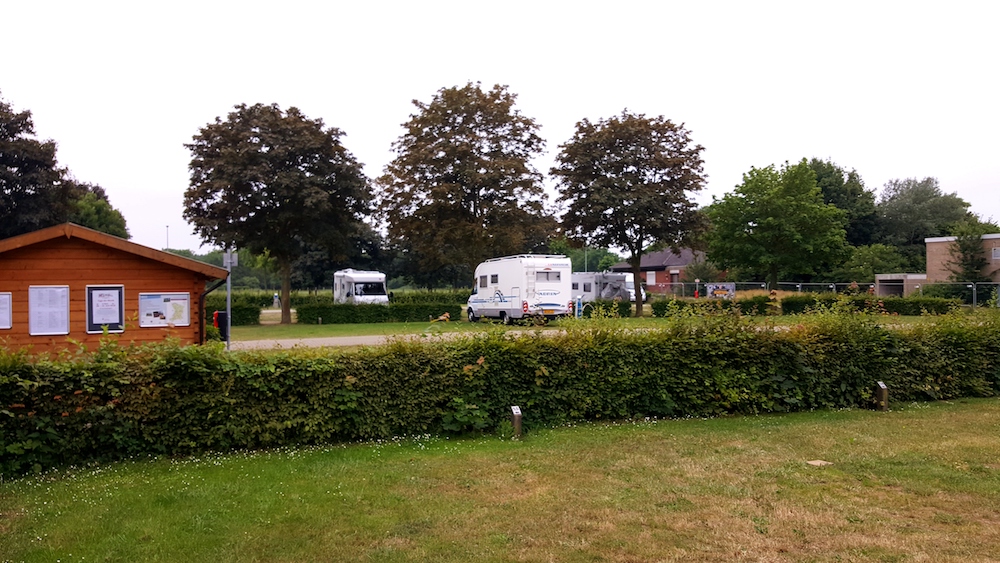
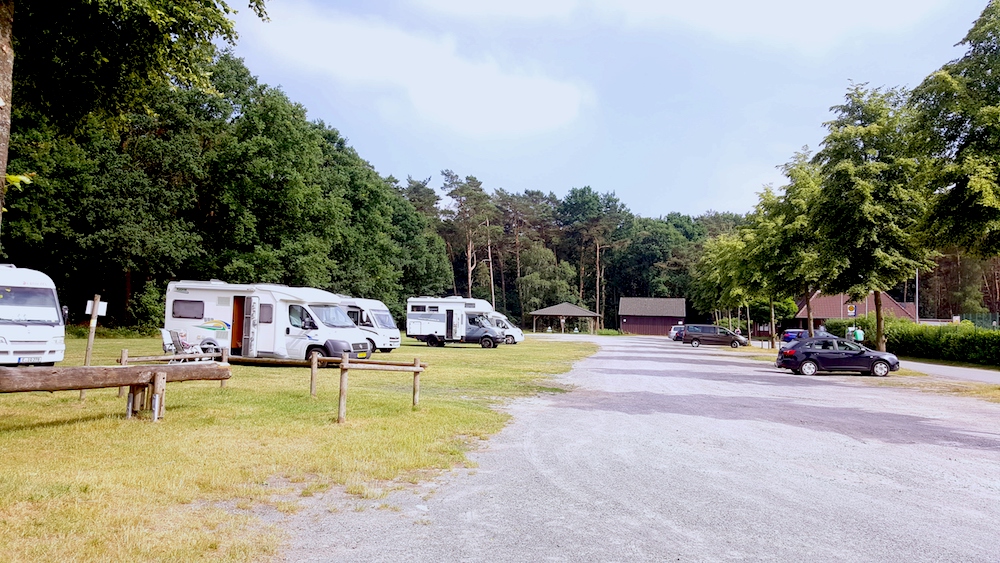
Heading for the mountains
After the disappointment of far too many autobahns, an enormous volume of traffic that we are just not used to in Europe and an uninspiring landscape, I headed for our trusty, slightly disheveled map, in search for bumpy green bits. We don’t use paper maps very much with our digital resources, although on this occasion with a weak internet that plagues much of the country, the map was actually a great source of info that guided us eastwards.
I found mountains, I found ski stations and I found Natural Parks. Yeah, at last! This was more like it and our sort of landscape. Perhaps finally Germany was going to deliver. Our vista changed after we hit Meschede and we thankfully exited the painstaking movement from the caterpillar style autobahn. Rolling hills, forest and reservoirs had our hearts sighing with relief. These mountains were simply gorgeous.
With red kites flying overhead and fresh forest pines as our borders, the ride was just lovely. And this region’s houses were changing too. Characterful black and white Tudor style buildings welcomed you into the countryside. No more cities to bypass, no more industry, just warmly embracing villages that oozed charm and delight. We finally came upon Schmallenburg, a delightful spot that is just hugged by forests and mountains. Our stop for the night was Winkhausen, a lovely Stellplatz in someone’s back garden; for just €8 per night with EHU and water extra, payable with coins. Why not treat yourself to a discounted visit to the Spa, which for guest of the Stellplatz was only €8 from 1800-2200 (co-ordinates 51.16073, 8.34074). With walks, lakes and a 5* Spa just next door, there is everything you could wish for, for an outdoor experience.
Now on first glance, Winkhausen may seem like a backwater place, although come April and you will be treated to an annual musical festival that puts this place on the German map.
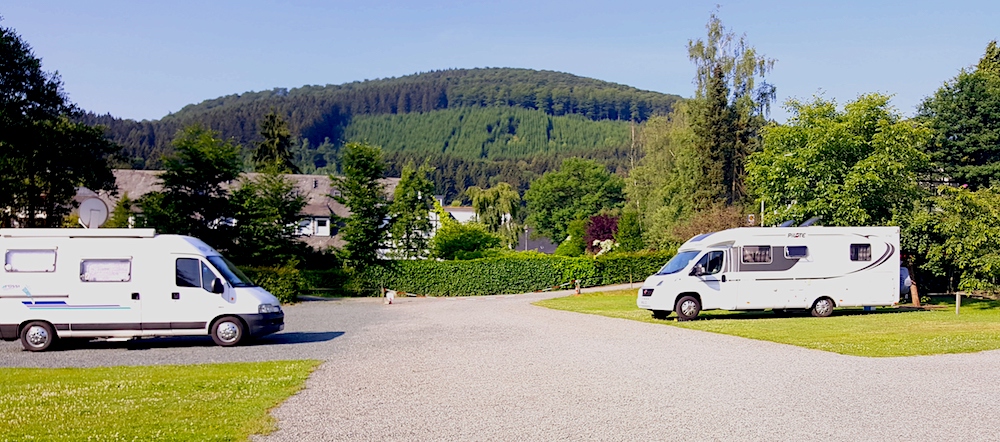
Riding high on our success at finding some wonderful countryside, our spirits were raised and our hopes soaring as we continued our path towards Poland. It was amazing to think though that we had been travelling four days and still we hadn’t reached half way across this great land. I don’t think either of us had realised quite how expansive Germany was.
So water was our calling yet again and as we wound through the beautiful countryside full of bountiful crops and quaint towns, we found our home for the weekend – Edersee. A man-made reservoir that is heaven on a water-sport lover’s plate. With wildlife abound, especially the nightly chorus of frogs, we withstood some pretty full-on thunderstorms that gifted us some amazing lake-side views in their aftermath. We stayed at a great Stellplatz – Rehbach (co-ordinates 51.18388, 9.026714) for €6 per night and it was ideal. If you have yourself a kayak or bicycles, then this is the place for you.
Sondershausen
We love getting off the beaten track and if we can find ‘home’ in the middle of nowhere, then that is what drives us (and water!!) Just off the A38 autobahn is Sondershausen which, like so many of its village neighbours has an oversized castle for the size of town. And the houses are just so incredibly ornate, stately even. Yet just ten minutes outside of the town you will find dense forest, which offers shelter to an amazing Wildlife and Adventure Centre for kids. After what seems like miles driving through the pine-scented woodland we arrived at a huge clearing where they have created this Adventure Park and you are allowed to park there for €4 per day, although there are no services. A super diversion. (co-ordinates 51.33821, 10.86295)
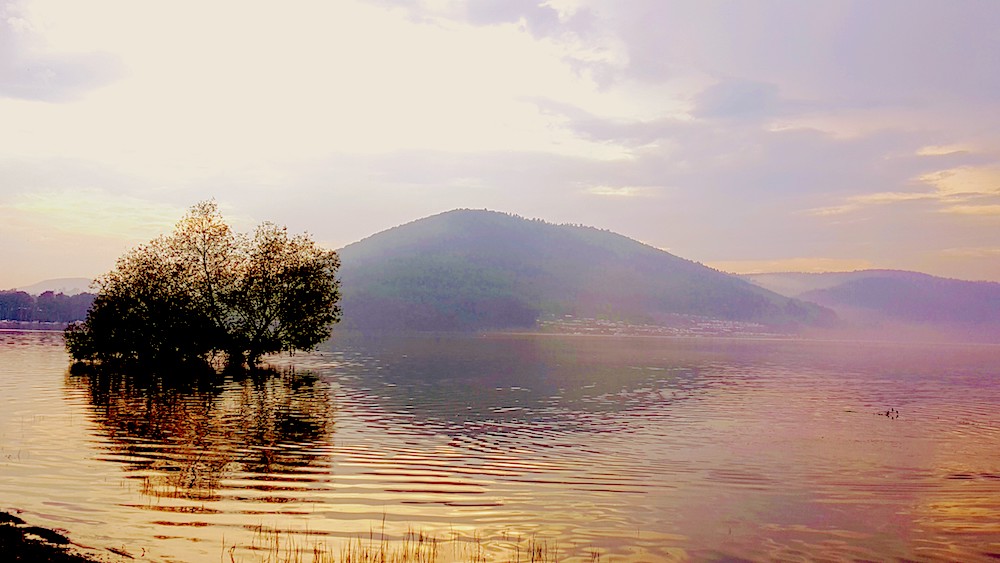
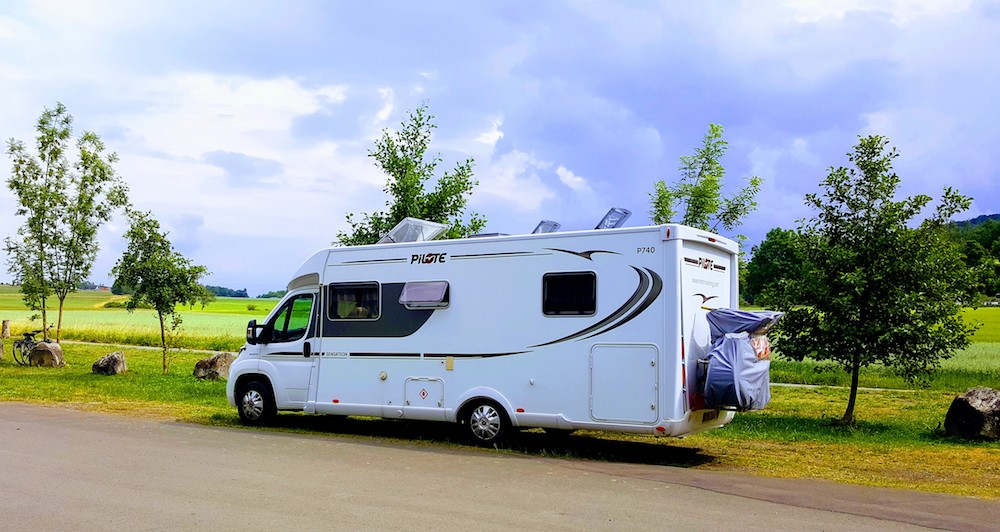
I have to be honest that our trip to Colditz came completely out of the blue. Whilst looking for a sensible halfway point to the Kromlau Rhododendron Park, which was my border crossing aim, I found a church icon on Search for Sites. It revealed the name Colditz. With a growing excitement about the World War 2 links and our desire to expand our knowledge of this period, it surely had to be our next station stop? And indeed it was. With a small ACSI campsite about 1 mile from the town (co-ordinates 51.1302 12.8308) whose silence was only punctured by the orchestra of birds, we made our way for a tour of this infamous Prisoner of War camp. Read more about our exploration of this fabulous spot on our blog by clicking here – Escaping from Colditz. The history, both old and new (relatively speaking) was exhilarating and I got an overwhelming sense of resilience, camaraderie and respect and not the War-time horror that we are taught to expect from camps such as these. It was a great trip that enriched us beyond belief and one that will most certainly stay in our memory banks.
Meißen
With our European travels we have come across many beautiful sights and some stunning cities and towns. We are fast accumulating our Top 10 lists of these stunners. And a new addition to the Medieval Towns compilation will be Meißen, famous for its porcelain – and so much more. Poised on the edge of the Elbe river, this grand yet exquisite town will charm you and take away your breath. With its 12th century castle, its orange-roofed buildings and atmospheric square, you could almost have stepped into a scene from Pinocchio. Scaling the heights to the castle to take in the river panorama will certainly impress; as will the descent to the hub of the market square, where horse and carts wait to escort you on a sedate tour. The chocolate-box houses with their brightly coloured facades draw you as if wanting you to be part of the cartoon animation waiting to be played out and all you can do is look and stare. So many different angles, shapes, colours – it truly is a feast for the eyes. And if you’re lucky a quick saunter over the bridge will give you a river reflective perspective of the castle as it states its regal place on the banks of the Elbe.
We had a lovely, if not a tad noisy Stellplatz that was right on the river’s edge, with the castle as our back drop and our foreground the fast-flowing river. What a joy this place was and I think in truth two days would be perfect at this iconic town to really do it justice. (co-ordinates 51.16767, 13.47332)
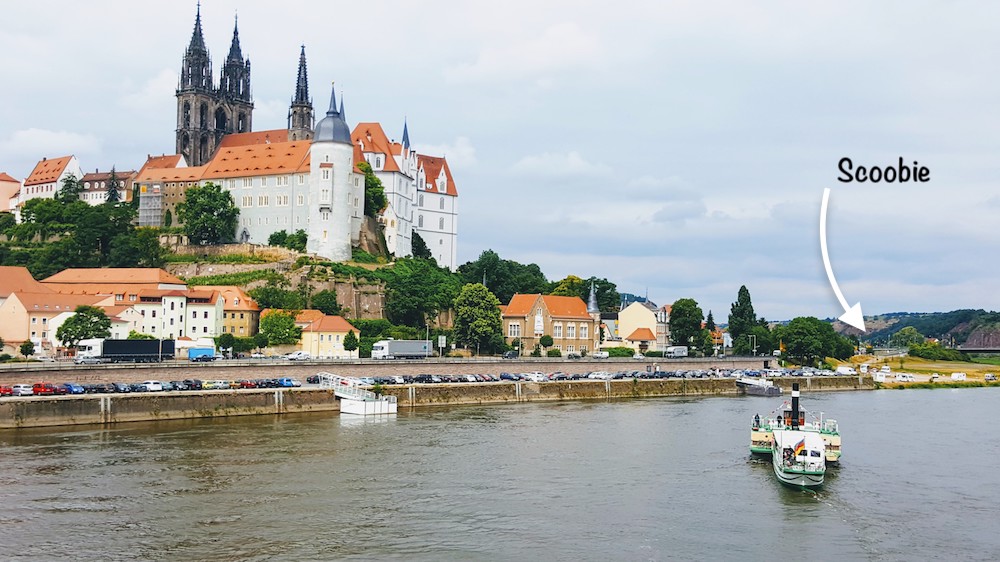
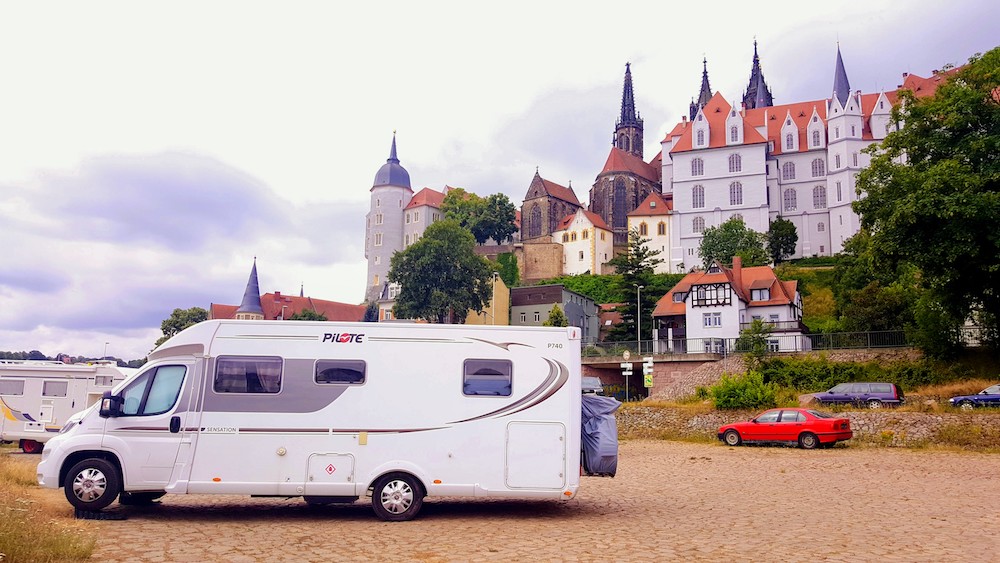
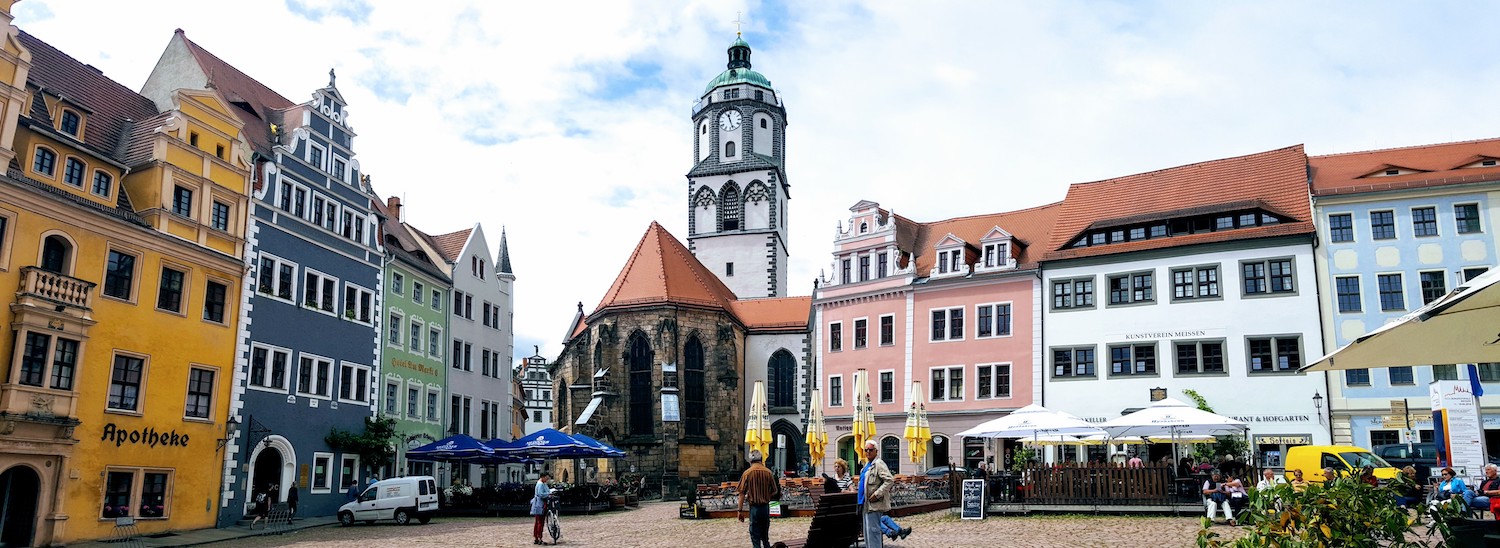
Our final German destination was calling. Kromlau – a place that appealed to the photographer in me. This tiny hamlet may well be in one of the most remote places in Germany, right on the eastern border with Poland and certainly not on any tourist itinerary. Yet it was its Rhododendron Park and famous Devil’s Bridge that intrigued me. And what a great shout it was too, although not for the reasons we expected.
It was a really interesting drive here from Meißen as the landscape changed completely. We drove through a huge expanse of forest with not a car to be seen – not even a fast one! It was like we had entered the twilight zone. We found ourselves at Weißwasser, a place where we considered for overnighting, although throughout our whole German experience, it was the one place I felt the least safe. So needless to say we moved on. Bad Muskau in contrast, was a breath of fresh air and couldn’t have been more different from its neighbour.
Bad Muskau is a delightful town that rubs shoulders with Poland – the border being in the middle of the river that dissects the two countries. Bad Muskau is full of goodies, each one with their own unique pleasure. It has two churches, the most ostentatious castle I think I’ve ever seen, Russian War Memorials and gardens that serious put some of England’s Stately Parks to shame. There are four official cycling paths that give you between 4-10km routes, each one allowing you to dip your toe into Polish water if you wish. Truly a delightful place that we would highly recommend.
Although what of Kromlau, the very reason we ventured this way, I hear you ask? Well we knew that we would be too late for the Rhododendrons thanks to my back, although it was the iconic bridge that truly caught my eye. The Park is free to enter, you just pay €2 for a two hour car park, that leaves you free to wander around the grounds. Sadly even the bridge wasn’t presented at its best, as after 150 years, it has been fenced off for reconstruction so that it may be protected for generations to come. And much of the lake it spans has been drained in preparation for the work. So I did manage to get some shots, although not quite the iconic masterpiece I was hoping for. Still our joy at Bad Muskau completely made up for it, it has to be said. We had a super Stellplatz run by Eric a fast-speaking Berliner who liked Myles’ fluency that he gave us free bread on our three day stay. It had all the facilities and was only a mile from this stunner of a town and all for €10.50 per night (or €10 if Eric has been out drinking the previous night and can’t be bothered to work out the detail!). Stellplatz Heideweg can be found at the following co-ordinates (51.53378, 14.71925).

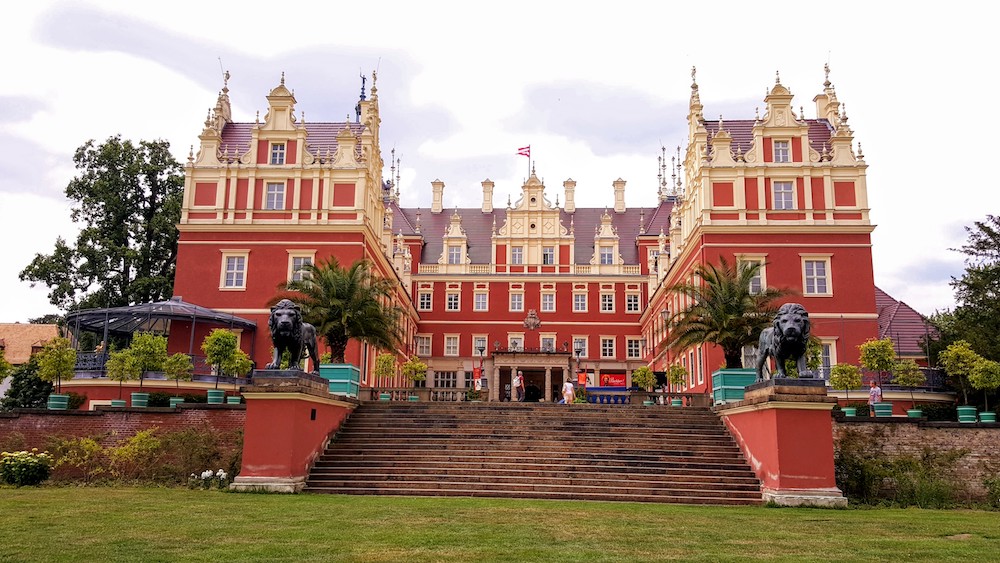
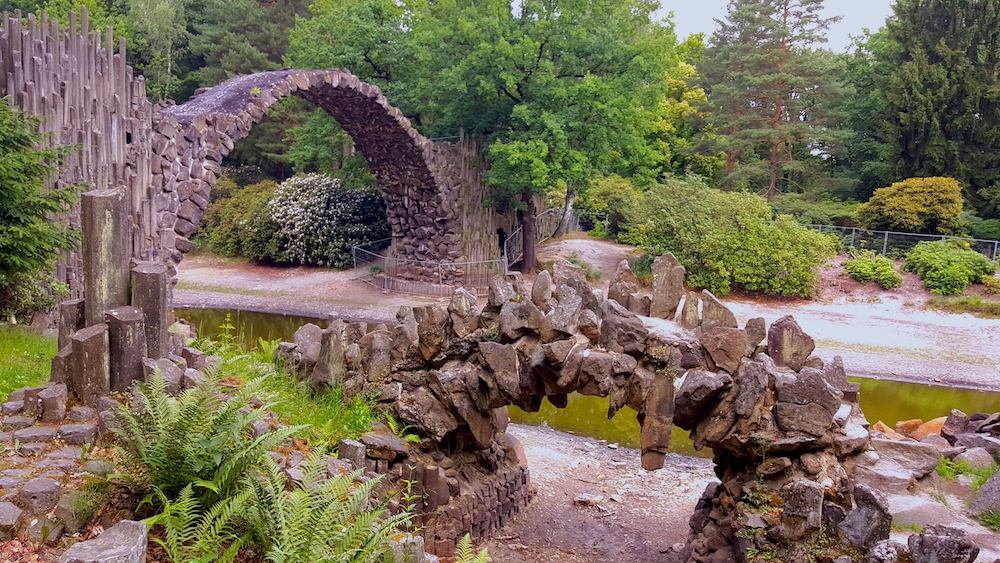
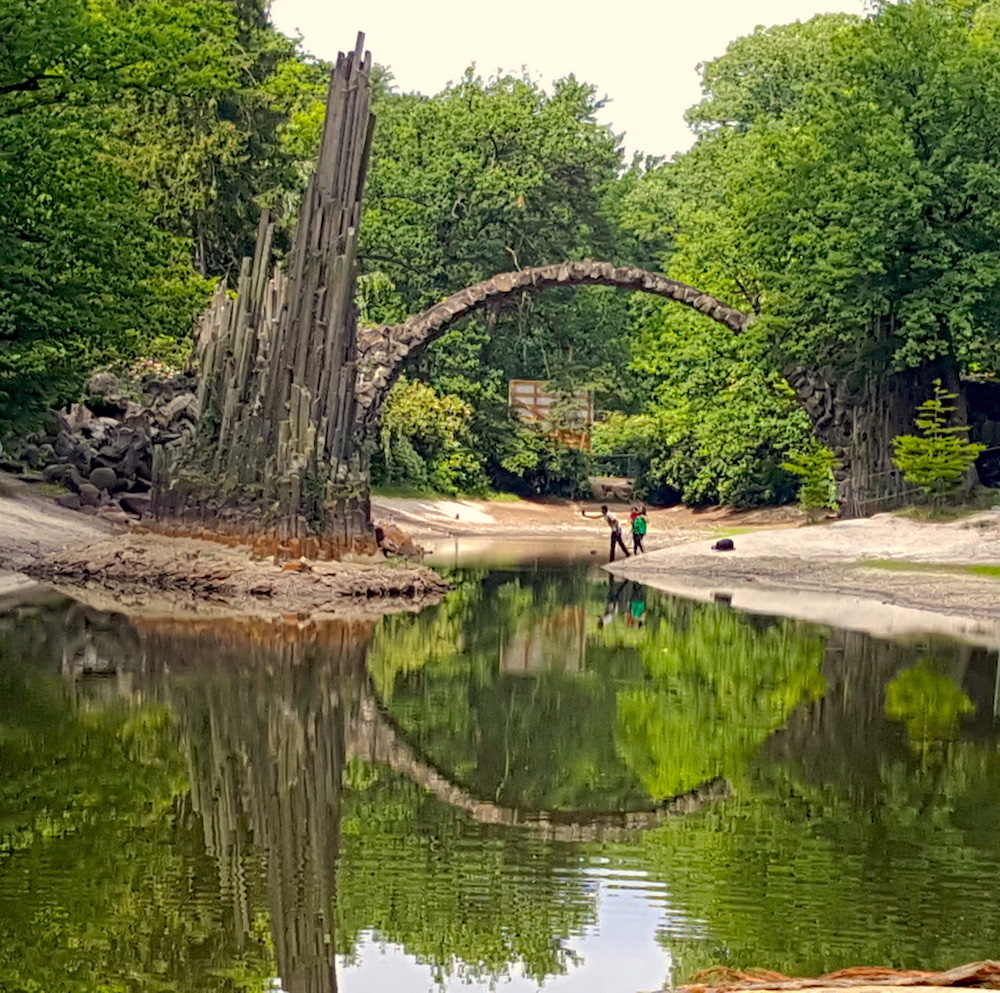
What we’ve learned in Germany
So as we sit here with Poland reaching out its hand of friendship, what of our German experiences? With memories of red kites soaring above us, a daily dawn chorus that made for a beautiful alarm call, mountains, lakes, castles and history, we will look back fondly at our two-week German route.
The journey was seriously worth the ride and despite our initial disappointment, we came to love the country and all it has offered us. Interestingly it has been one of the places that we have planned the least and yet has given us some of the most memorable experiences – how often is this the case? It seriously promotes the ‘travel loosely and let the plans evolve’ philosophy, which we will most certainly be adopting. This has been my most beautiful revelation on this trip.
Germany has many more insights, that we thought we would share as we close this blog. We hope it helps and informs ready for your tour through Deutschland.
- Germany, much like its neighbour France, is very well set up for motorhomes. Stellplatz appear in almost every town and village we passed through. They are well signposted and many of them offer you electrical hook up as well. So never worry about having somewhere to stay. And it feels so very safe here. I never felt threatened in any way – except for Weißwasser.
- There’s not much wild camping here, although the Stellplatz are so cheap, it still makes for a great value trip. I think the most we spent on a Stellplatz overnighter was €10.50.
- You will not find many touring vans in Germany, especially once in the centre of the country. Most seem to head south to Bavaria, The Black Forest and The Romantic Route. Central to east Germany certainly we saw very few Brits – 2 to be exact. All the other vans were German. No Dutch, no French, just us and our German friends.
- The autobahns are horrible. When you look at a map of Germany, the web of motorways connecting all the major industrial areas and cities are extensive and on every single one, you will always encounter a right lane caterpillar of lorries. It doesn’t make for pleasant driving. So if you can, avoid them.
- If however you do decide to take one, then they are toll free for any vehicle under 7.5T.
- Do be aware that there is no universal speed limit on Germany motorways. Although there are guidelines of 81mph, no one sticks to them and speeding is not punishable. So do take care when overtaking as the road may look clear and before you know it, there will be someone royally up your bum flashing you.
- Sunday is a great day to travel on autobahns as lorries are forbidden to drive on them and there is a huge fine if they are caught doing so. It made a huge difference to our journey experience on the day we had to course through the country via autobahn.
- Take plenty of cash with you (münzen is coins in German). The Stellplatz often have automated machines that only take coins. Manned areas only take cash and in fact in many places we went, cash was preferred and sometimes our Caxton card didn’t work. We were fine in petrol stations and supermarkets though.
- Due to the lack of Brits travelling through, surprisingly there was less English spoken than I expected. Although with a few phrases you can certainly get by sufficiently. The Germans we met were lovely, warm and welcoming and of course it did help that Myles is fluent.
- Deisel is, outside of the main cities, cheaper than its west European neighbours (@ June 2018). The cheapest we found was €1.239. LPG is freely available and we had no problems filling up.
- Internet is very weak in Germany – we remembered this from our trip here in 2016. So just be prepared that connection may not be easy at all times. Strange how we come to rely on internet…..
- And just a little side note – I’ve heard more cuckoos here, in June than anywhere in UK ever!
And so with the heady smells of the Lime tree blossom hanging in the air, we say auf Wiedersehen to Deutchland, and genuinely hope that more Brits head your way to indulge in your joys. We have loved this short and sweet road trip and know that we will back. Tschüss. For more information on Poland, click this link here.

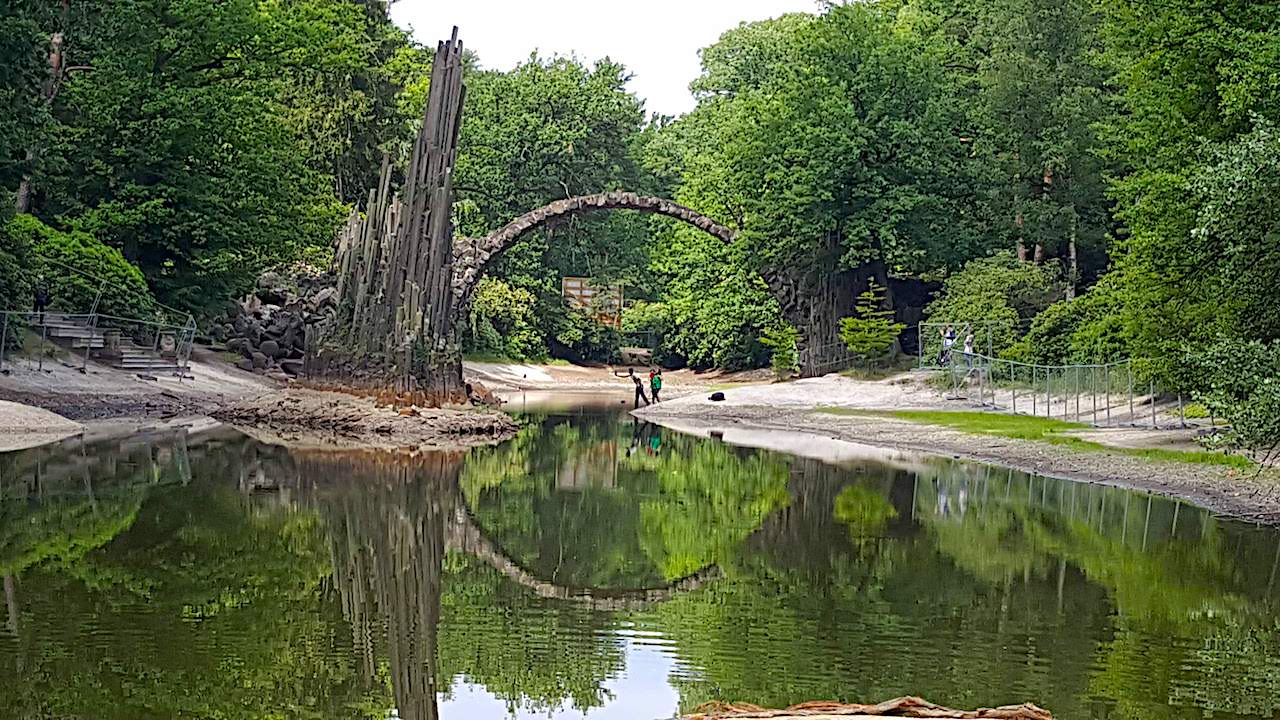
Great read and very well written. Great resourse.
Thanks
Hi
Just curious as to where Myles was “stationed” as a child
Hi Sue, he was born in Cyprus at Akroteri and the base on the island and then later in Darmstadt in Germany. Kx